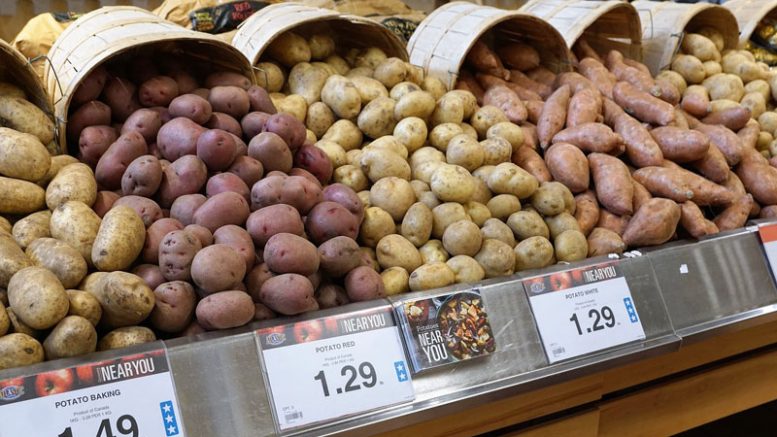|
Click to listen to this article
|
By Dale Lathim
Over the years, I have been asked many times why pre-season contracts are so important to the frozen potato products industry. The answer comes down to just one simple word: stability.
Stability on pricing is important for both growers and processors. By negotiating pre-season contracts, both sides know the price they can expect to pay or receive based on the quality of the crop. For processors, that is vital in that they have anywhere from five to nine months between reaching a final contract price and actually taking delivery of potatoes on the new contract. This gives them plenty of time to adjust their pricing to accommodate any price changes they need from their customers and allows them to make decisions on future capital improvements.
For growers, price stability of pre-season contracts is the mirror image of what it is to the processor in that growers know what the expected financial return will be and they can make decisions on what costs they can put into the crop. And if the contract is done far enough in advance, it gives them a chance to forward buy as many of their inputs as possible.
But stability in the potato industry goes well beyond the obvious implications of price. Processors could choose to not do a pre-season contract, but then they would be at the mercy of buying whatever potatoes were grown that year at whatever price the open market commanded. They would lose all control over which growers they wanted to receive potatoes from and what varieties and volume they wanted from each. Over time, processors know what quality of potatoes they can expect from each grower, and they have adjusted their grower base and product mix to leverage that knowledge. Having a consistent, stable supply of potatoes is one of the things that make the Columbia Basin the best growing region in the world to process frozen potato products. This could not be done without pre-season contracts that are negotiated at a stable rate rather than riding the price rollercoaster of other commodities, even including fresh potatoes.
Growers need similar stability in that they need to know that they have a known market for the potatoes they produce before they even plant them. The cost to grow potatoes has become so expensive that very few growers have the economic willpower to grow any substantial volume of open potatoes. Knowing exactly which variety their processing customer wants takes the guesswork out of the equation and allows them to better line up quality seed for future years.
After going through the hyperinflation that we all experienced over the past three growing seasons, the stability that we seem to have reached for the next couple of crop years in terms of both price and volume should help both sides hold on to the gains that each has made during this time and prepare us well for the expansions that are beginning to take place.
As I say in all my conversations with people new to the industry, I believe the frozen potato processing industry in the Columbia Basin is the most symbiotic business relationship that exists anywhere. Growers have tens of millions of dollars invested in specialized equipment and storages that can only be used to grow potatoes. Processors have hundreds of millions of dollars invested in plants that can only be used to process potatoes. As the industry has consolidated, both sides need the other at unprecedented levels. The only way this can be sustainable is stable pricing on stable volume done through pre-season potato contracts.


